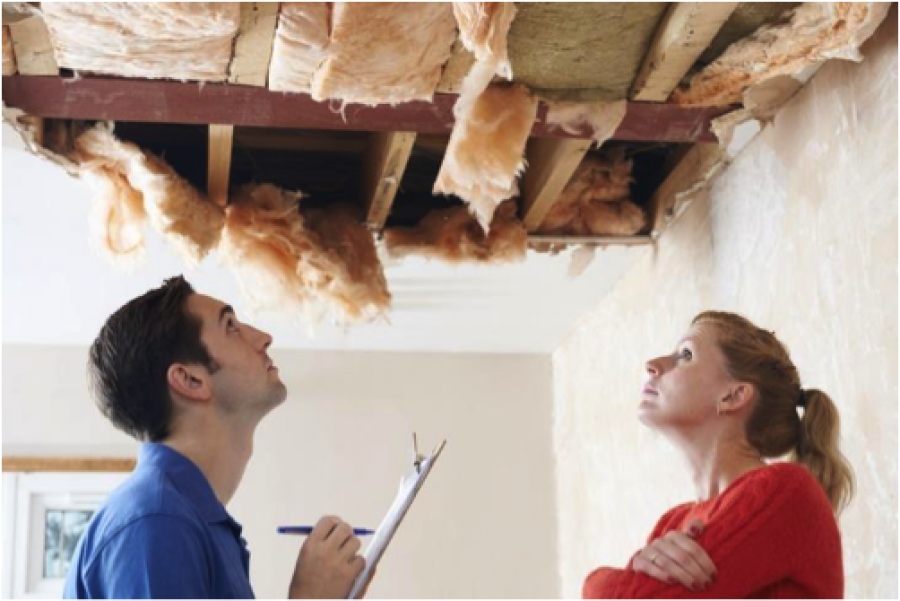We’ve talked a lot lately about appraisals but what we haven’t mentioned is an observation the appraiser makes when performing an on-site property inspection. This observation is explicitly deemed, “Deferred Maintenance” and if it’s so noted on your appraisal report, it can stop your loan application dead in its tracks. What is it and why is it so important?
Technically it means there are things wrong with the house and in need of repair, but the owners have yet to fix them. To a lender, it can stop the entire loan approval process until the issues are addressed and resolved. What are some of these items?
Cracked or broken windows. Lawns that have not been taken care of and full of weeds. Carpets severely stained. Sidewalks with multiple cracks and sagging porch decks. The appraiser will note all these things on the report. The sellers of such a property knows these things and can adjust the sales price to reflect the needed repairs. While this can certainly be a strategy by reducing the sales price of the home by an approximate amount the repairs would cost, a lender won’t issue funds until those items are fixed.
Many times the sellers will refuse to make the needed repairs and hold out for someone that will acknowledge the needed repairs and pay cash for the home in lieu of financing. But this strategy can severely reduce the pool of potential buyers.
This is why so-called ‘preventative maintenance’ is so important for homeowners. Addressing an issue that pops up very early and fixed can save time and money. When maintenance issues are ignored, they can fester and get worse over time. Even to the point the issue is officially a deferred maintenance item. Even if the buyers accept the notion they’ll need to make needed repairs after they buy and own the home, the lender will indeed step in.
Another option to address deferred maintenance issues is to establish an ‘escrow holdback.’ A holdback is an amount set aside that will go toward fixing the needed repairs during the approval process. An inspection is made of the problems and an estimate is made about how much those repairs will cost. In this fashion, the appraised value will be based upon those issues being repaired. It’s an ‘as repaired’ notation made on the appraisal.
The repairs will then be made and when completed, an inspector will be sent back to the home to verify the needed repairs were made. Once the inspection report has been completed and sent to the lender, the loan approval process will then proceed.
Bargain hunters and real estate investors alike look for these types of properties with eyes wide open knowing repairs will be needed. Minor repairs won’t hold anything back other than perhaps some additional negotiations between the buyers and sellers. Maybe a light fixture doesn’t work or a light switch doesn’t work. These are minor issues. But if there are indeed bona fide deferred maintenance issues, know in advance there will be some bumps in the road to loan approval.






